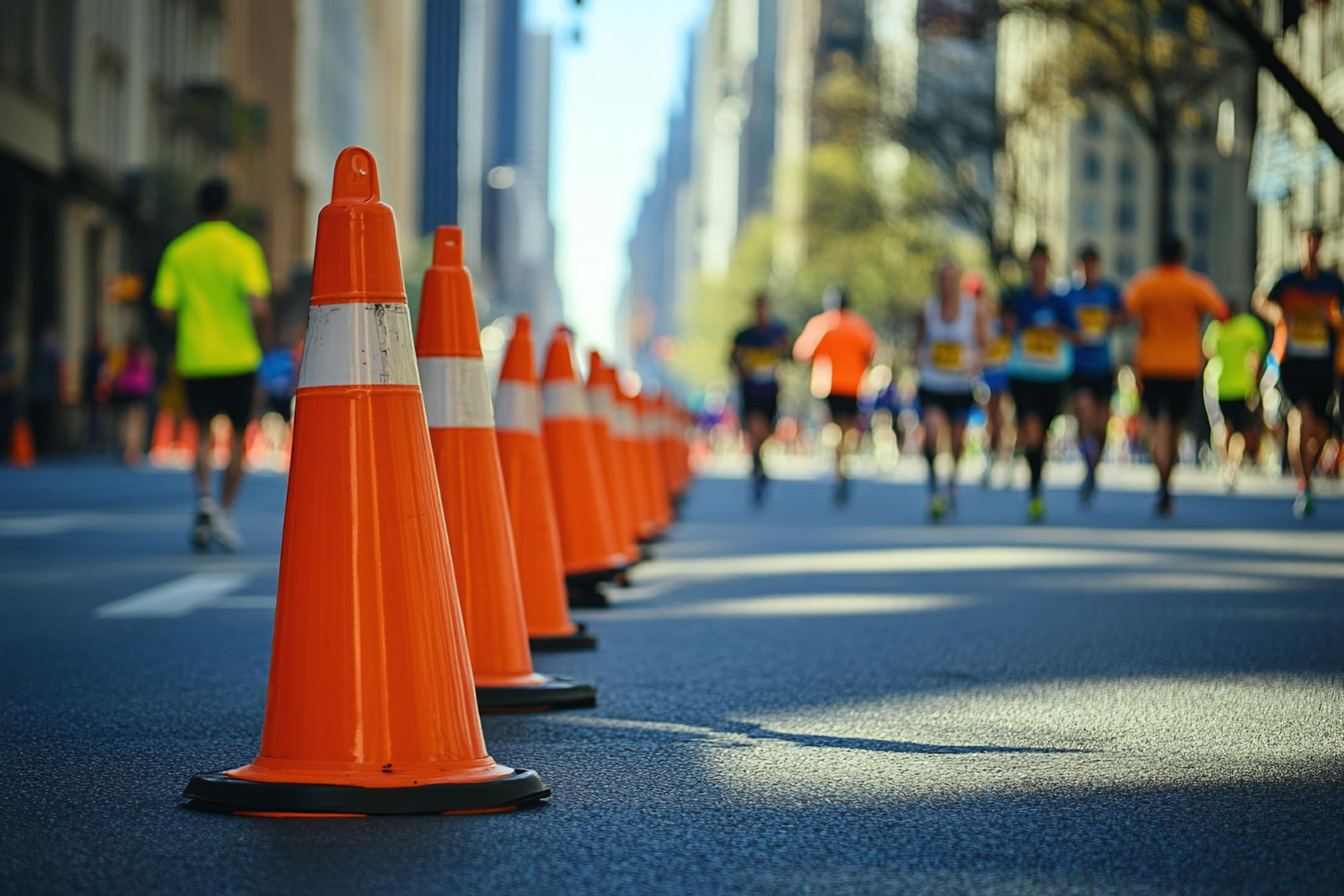
The Supreme Court of India has taken a decisive step toward improving road safety across the nation by setting a strict six-month deadline for all States and Union Territories to implement comprehensive safety measures. In a landmark order passed on Tuesday, the apex court emphasized that the success of these guidelines depends entirely on their effective implementation at the ground level.
The bench, led by Justice JB Pardiwalah, issued detailed directions aimed at strengthening road safety infrastructure and protecting vulnerable road users. This comprehensive order addresses multiple aspects of traffic management, from pedestrian safety to vehicle regulations, marking a significant milestone in India’s ongoing battle against road accidents.
New Road Safety Rules Under Motor Vehicles Act
Under the latest Supreme Court directive, all States and Union Territories must frame and notify rules under Sections 128(1)(A) and 210(B) of the Motor Vehicles Act, 1988. These provisions are specifically designed to strengthen road safety measures and regulate non-mechanically propelled vehicles within a defined timeframe.
The Motor Vehicles Act amendments aim to create a uniform standard of safety across different states, ensuring that road users receive consistent protection regardless of their location. This standardization is crucial for reducing the alarming number of road accidents that occur annually in India.
Standards for Road Design and Construction
One of the most significant aspects of the order involves establishing design and construction standards for roads beyond National Highways. The bench, which also includes Justice KV Viswanathan, has specifically directed state governments to develop comprehensive guidelines for road infrastructure.
These standards will cover the design, construction, and maintenance of state highways, district roads, and rural roads. By bringing these roads under regulated standards, the Supreme Court aims to address the inconsistency in road quality that often contributes to accidents.
Pedestrian Safety Takes Center Stage
The Supreme Court has placed special emphasis on pedestrian safety in its latest order. Specific directions have been issued regarding the construction and maintenance of pavements and pedestrian crossings. The court recognizes that pedestrians are among the most vulnerable road users and require dedicated protection measures.
The directive includes regulations for the movement and safety of pedestrians in public places and on National Highways. This focus on pedestrian infrastructure represents a shift toward more inclusive road planning that considers all types of road users, not just motorized vehicles.
Regulation of Non-Mechanically Propelled Vehicles
The order also addresses the safety concerns surrounding non-mechanically propelled vehicles, such as bicycles, cycle-rickshaws, and hand-pulled carts. These vehicles often share road space with high-speed motorized traffic, creating dangerous situations. The new rules aim to create dedicated spaces and safety protocols for these vulnerable road users.
Additional Safety Measures and Traffic Regulations
During the proceedings, the bench addressed several specific concerns, including traffic management issues near the Delhi High Court. The court has directed authorities to focus particular attention on such problematic areas.
The order also covers regulations concerning vehicle modifications and accessories. Specific directions have been issued regarding the unauthorized use of white LED lights, red and blue emergency lights, and unauthorized hooters on private vehicles. These modifications often cause confusion and pose safety risks on roads.
Implementation: The Critical Factor
Justice Pardiwalah emphasized that while framing comprehensive rules is important, everything ultimately depends on their implementation on the ground. The court has stressed that state governments must not only notify these rules but also ensure their strict enforcement through regular monitoring and compliance checks.
The six-month deadline set by the Supreme Court reflects the urgency of improving road safety infrastructure. With India recording one of the highest numbers of road accident fatalities globally, these measures represent a crucial step toward making roads safer for all users.
Conclusion
This Supreme Court directive marks a comprehensive approach to road safety, addressing infrastructure, regulations, and enforcement simultaneously. States and Union Territories now have a clear mandate and timeline to transform road safety from policy documents into tangible improvements that save lives daily.
Cover the latest EHS news updates with a single click. Follow DistilINFO EHS and stay ahead with updates. Join our community today!


Leave a Reply